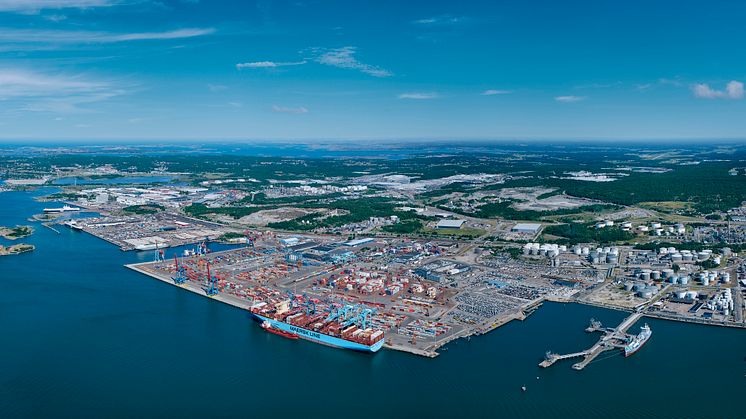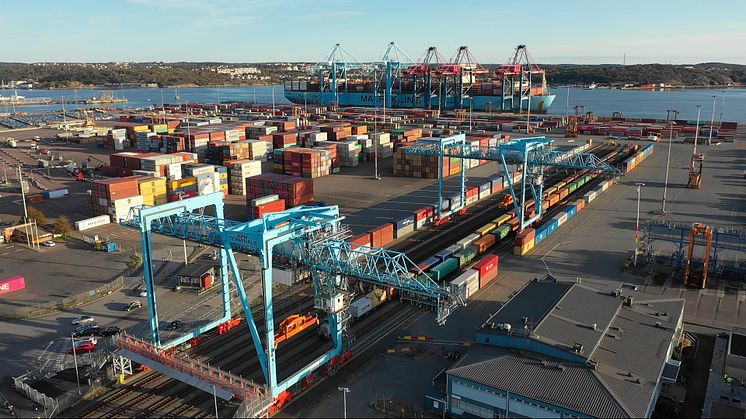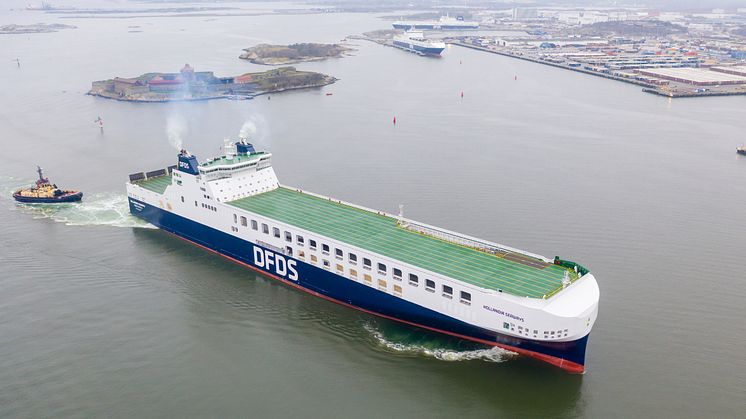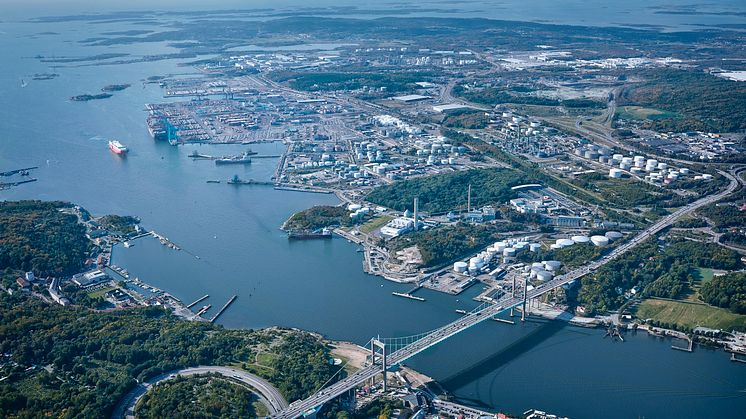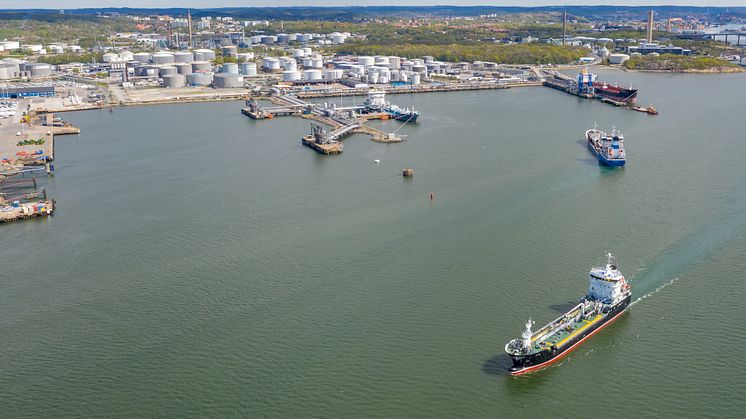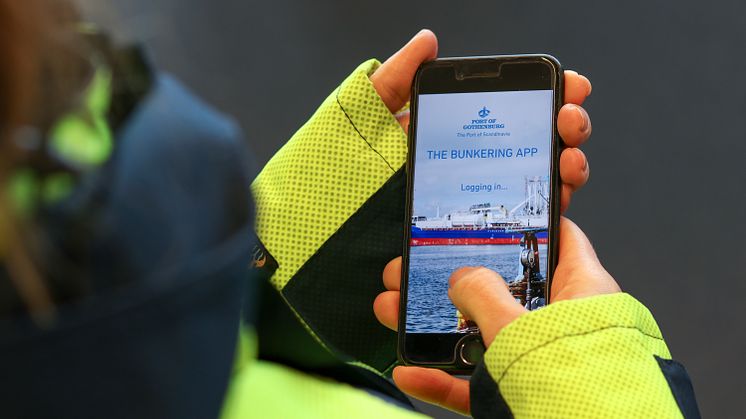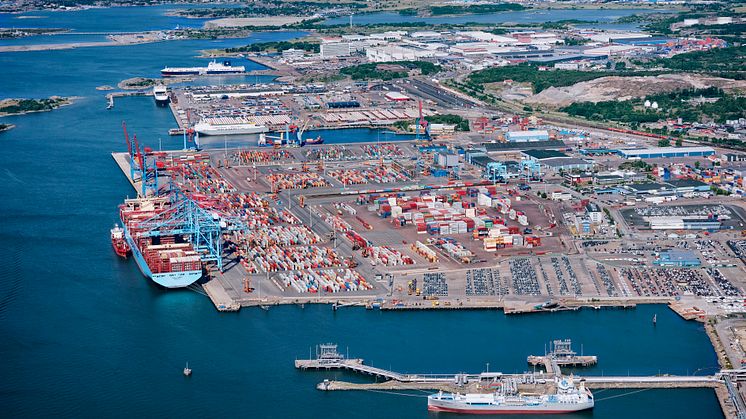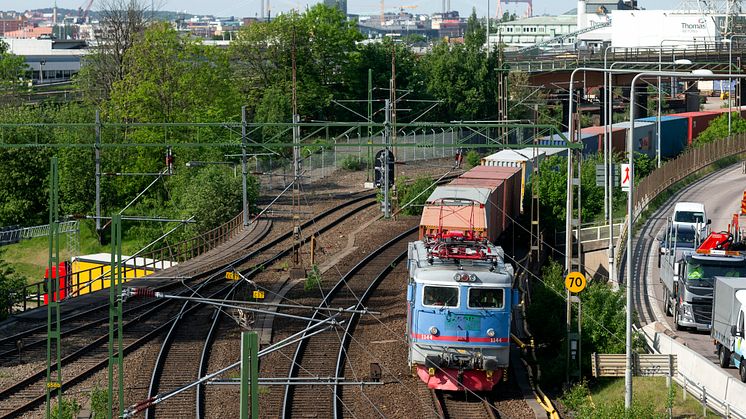Gothenburg named as the best logistics location in Sweden
For the 19th year in succession, Gothenburg has been named as the best logistics location in Sweden by the trade journal Intelligent Logistik. With a nationwide rail shuttle network and growing container volumes, the Port of Gothenburg is described as being a pivotal factor in the emergence of the region as a logistics hub.
